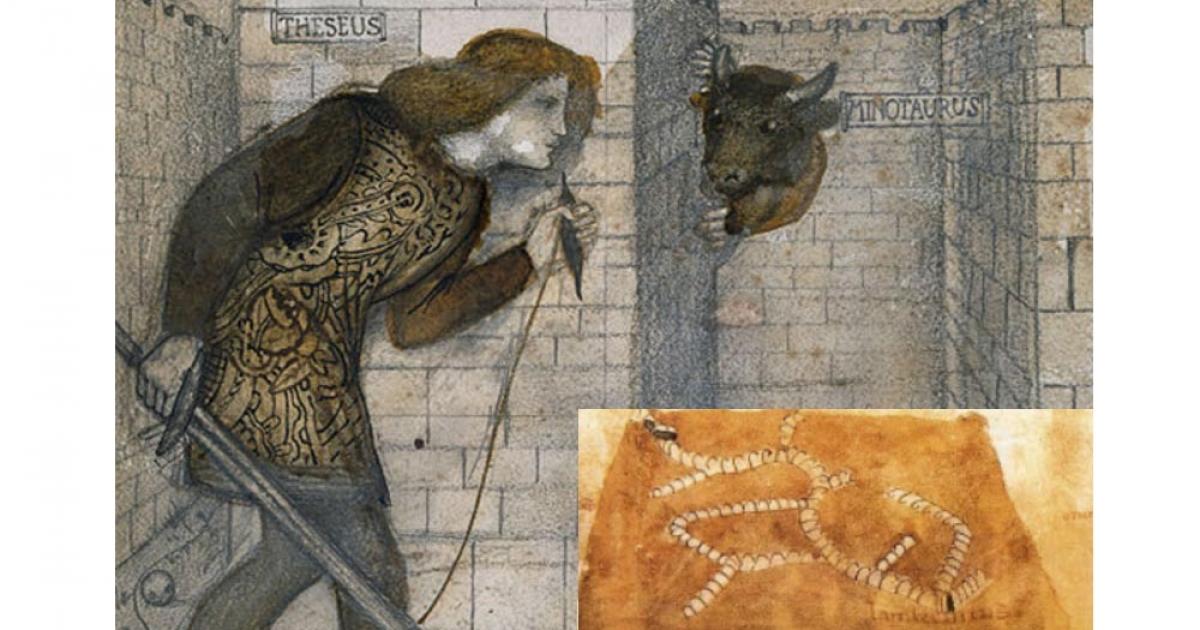
The Legendary Cretan Labyrinth Cave: Inspiration for the Story of King Minos and the Labyrinth of the Minotaur?
In Greek mythology, the Labyrinth was a structure built by the famed craftsman Daedalus in order to hold a creature known as the Minotaur. The Minotaur was said to be a creature that was half-man and half-bull. This creature was believed to be the son of Queen Pasiphae of Crete and a bull.
As the beast became more and more ferocious, it developed a taste for human flesh. Thus, the king of Crete, Minos, wanted to have it contained, and upon receiving advice from the Oracle at Delphi, had the Labyrinth built near his palace in Knossos. Although the story of the Minotaur is taken by many today as just a myth, there is a real Labyrinth Cave on the island of Crete. Perhaps this cave was the inspiration for the story of Minos’ Labyrinth and the fearsome creature that resided within it?
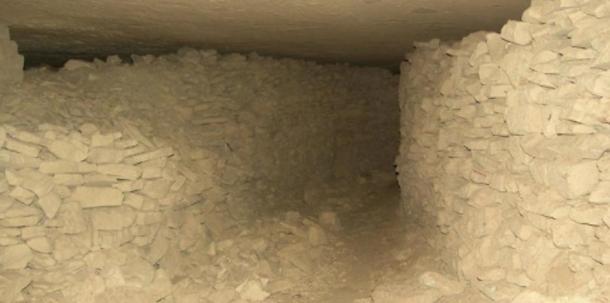
Inside the Labyrinth Cave near Gortyn, Crete (University of Oxford)
Location of the Labyrinth Cave
The Labyrinth Cave is an ancient quarry-cave located near the town of Gortyn, in the southern part of Crete. In the past, there were three different places speculated to be the ‘true’ Labyrinth. For many of the island’s locals, it was the Labyrinth Cave near Gortyn that was the Labyrinth of the Minotaur myth.
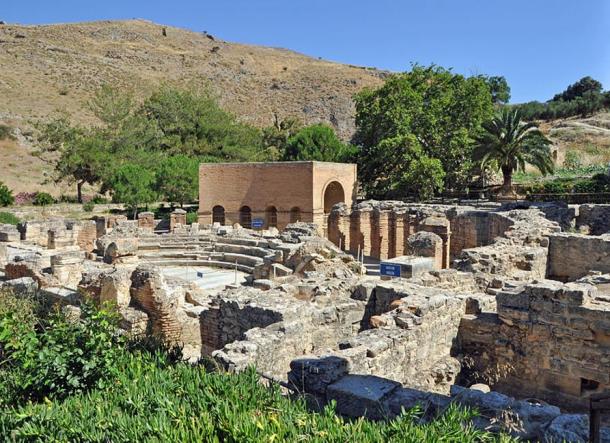
The Gortyn archaeological site, Crete. The Labyrinth cave is located near this site. (CC BY SA 3.0)
On the other hand, the English archaeologist, Arthur Evans (most famous for his excavation of Knossos), believed that the Labyrinth of the Minotaur was located at Knossos. This opinion was perhaps based on the ancient literary sources, such as the work of the 2nd century AD Greek traveler Pausanias, Description of Greece, in which it is written that:
“Minos sailed against Athens with a fleet, not believing that the Athenians were innocent of the death of Androgeos, and sorely harassed them until it was agreed that he should take seven maidens and seven boys for the Minotaur that was said to dwell in the Labyrinth at Cnossus (Knossos).”
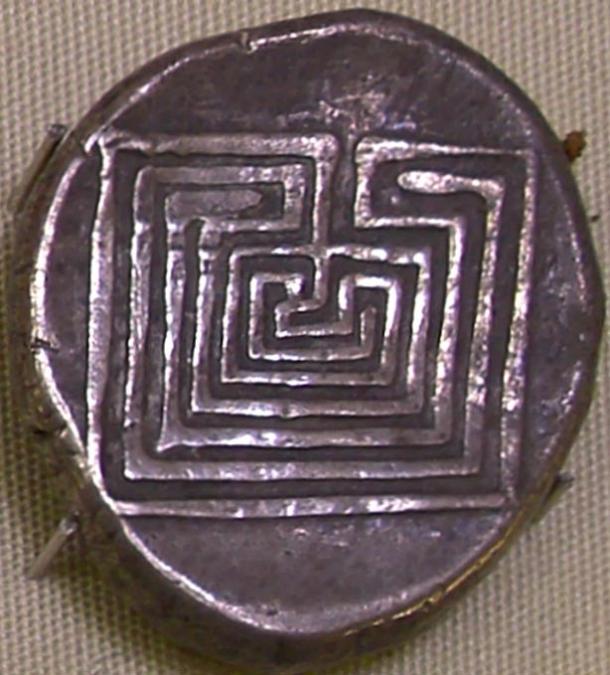
Silver coin with labyrinth design from Knossos, Crete (CC BY SA 3.0)
Evans’ speculation eventually became widely accepted. However, a French archaeologist named Paul Faure proposed a third possible location for the legendary Labyrinth, a cave called Agia Paraskevi, near Skotino, which is located to the east of the Cretan administrative capital, Heraklion.
- Dikteon Cave: The Legendary Birthplace of Zeus
- The Discovery that Revealed Ancient Humans Navigated the Seas 130,000 Years Ago
- King Minos of Crete
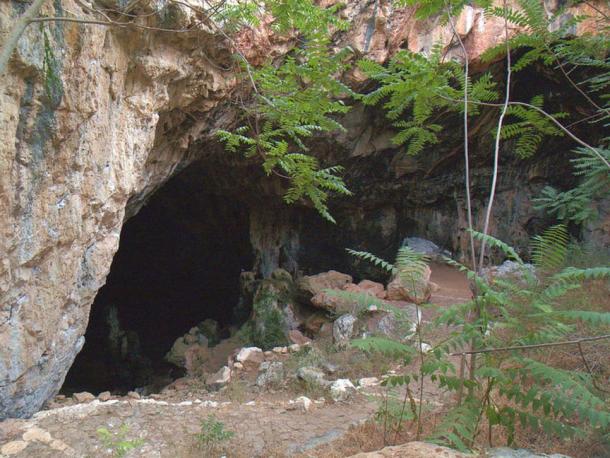
Entrance to the Agia Paraskevi cave, Skotino, Crete (CC BY SA 3.0)
The Labyrinth Caves and Mythology
Although such locations have all been supposedly the ‘true’ Labyrinth, it has been pointed out that the Minotaur and the Labyrinth both belong in the realm of mythology, and no one can be entirely certain if they even existed in the first place. Nevertheless, it is entirely possible that locations which are ‘Labyrinth-like’ exist on Crete, and gave birth to the story of the Minotaur in the imagination of the Greeks.
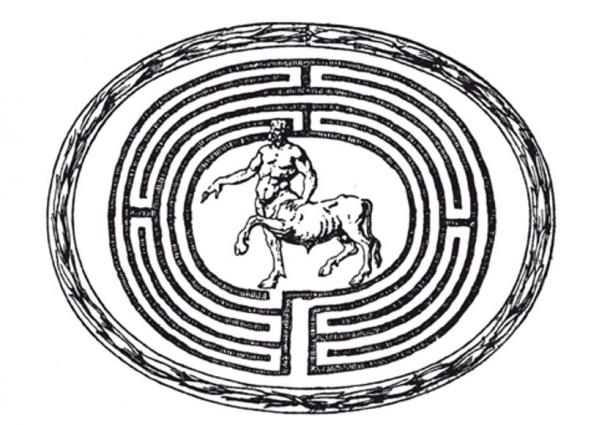
Engraving of the Minotaur in a labyrinth. (Public Domain)
A Labyrinth-like Cave and a Quarry
Returning to the Labyrinth Cave, it has been pointed out that this cave is not a maze but rather, a complex system of corridors which may give a ‘labyrinthine’ impression to those visiting the cave for the first time. Indeed, within the Labyrinth Cave there are tunnels longer than 2.5 km (1.6 miles) and several rooms that led nowhere.
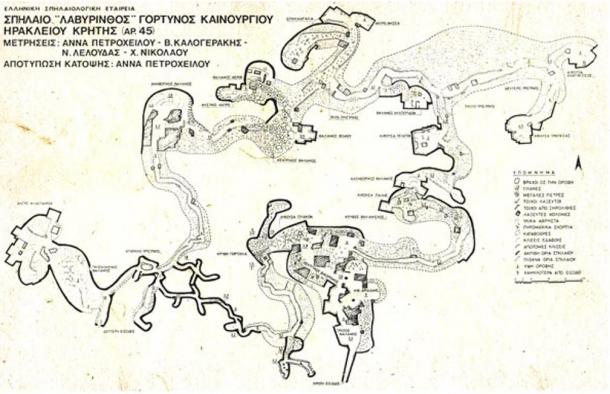
Map of the Labyrinth Cave near Gortyn, Crete (Anna Petrohilou)
These chambers actually served as quarries for the extraction of stone that was then used in the construction of buildings in nearby towns and cities. Constructions believed to have come from this quarry include: Phaestus, a Minoan palace, and the town of Gortyn when the island was under Roman rule. For those seeking the ‘true’ Labyrinth, it would not be difficult to regard the work of these quarry workers as the handiwork of Daedalus and his workmen.
A Dangerous Place Even Without the Minotaur
The Labyrinth Cave eventually ceased to operate, was abandoned, and was soon inhabited by bats. Over the subsequent centuries, locals visited the cave frequently to collect the bats’ droppings, which were then used as a fertilizer.
- Researchers discover secret recipe of Roman concrete that allowed it to endure for over 2,000 years
- The Minoan Civilization
- The Curious Phaistos Disc – Ancient Mystery or Clever Hoax?
Additionally, visitors and travelers visited and perhaps explored the cave as well. This is attested by the graffiti left by them in many of the chambers, some of which have been dated to the 15th century AD.
During the Second World War, Crete was occupied by the Germans, and the Labyrinth Cave was turned into a warehouse for ammunition, food and water. This was the largest ammunition depot for Germany, and it has been claimed that the cave contained more than 300,000 tons of weapons.
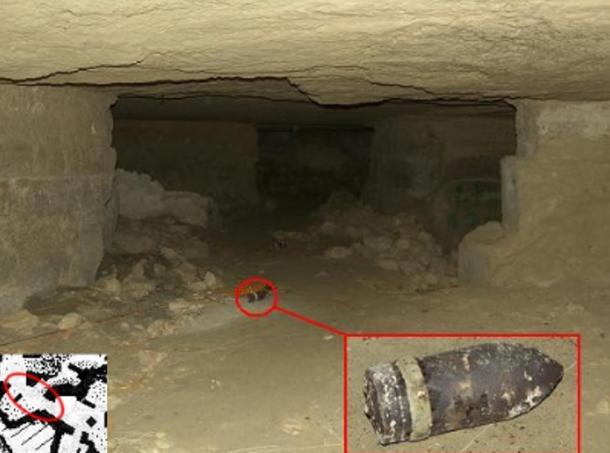
When the Germans left, many of their ammunitions remained. Labyrinth Cave, Crete. (University of Oxford)
When the Germans left around the end of 1944, some of the heavy ammunition was blown up. As a result, there was widespread damage to the cave, and it was no longer accessible. Nevertheless, people were still drawn to the cave (especially due to the prospect of finding some of the ammunitions and perhaps weapons left by the Germans) despite the danger of cave-ins and the ammunitions that were left in the cave.
In 1961, a serious explosion in the cave left four dead, and the area was properly closed by the Greek army. The Labyrinth Cave eventually disappeared from public sight and for many, memory as well. Today, the cave is still closed, and entering it is still strictly forbidden to the public.
For a photo journey of the labyrinth cave, visit: http://www.labyrinthos.ch/Labyrinth-Hoehle.english.html
Featured image: Theseus and the Minotaur in the Labyrinth (1861) by Edward Burne-Jones (Public Domain). Insert: 1415 map of the Labyrinth Cave (Christoforo Buondelmonti)
By Ḏḥwty
References
Pausanias, Description of Greece [Online]
[Jones, W. H. S., Omerod, H. A. (trans.), 1918. Pausanias’ Description of Greece.]
Available at: http://www.theoi.com/Text/Pausanias1A.html
Region of Crete, 2013. Caves. [Online]
Available at: http://www.incrediblecrete.gr/45/index.en.html
Roniotis, A., 2015. Labyrinth Cave. [Online]
Available at: http://www.cretanbeaches.com/en/caves/labyrinth-cave-messara
www.explorecrete.com, 2015. The Labyrinth of Messara in Crete - Speleological Research. [Online]
Available at: http://www.explorecrete.com/history/labyrinth-description.htm
www.labyrinthos.ch, 2015. The Cretan Labyrinth Cave. [Online]
Available at: http://www.labyrinthos.ch/Labyrinth-Hoehle.english.html
www.theoi.com, 2015. Minotauros. [Online]
Available at: http://www.theoi.com/Ther/Minotauros.html
















Comments
Couple this information with the belief that the Minotaur was used to explain the earthquakes experienced at Knossos and we have an interesting case of locals inventing legends to explain the tremors beneath the ground and the existence of an elaborate maze